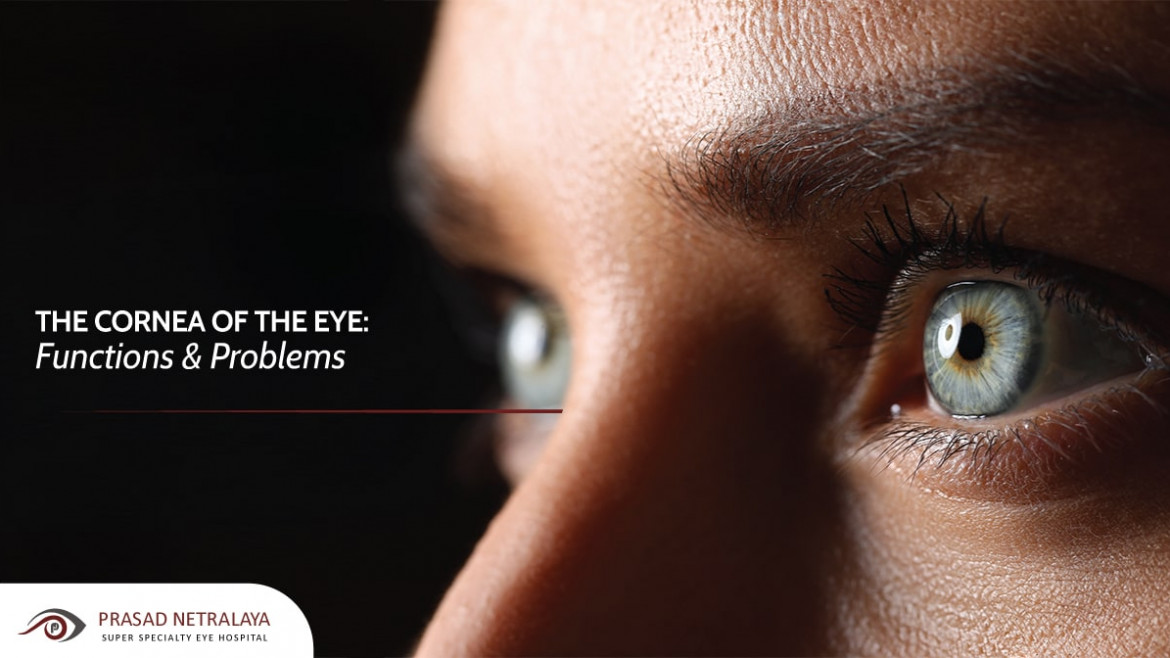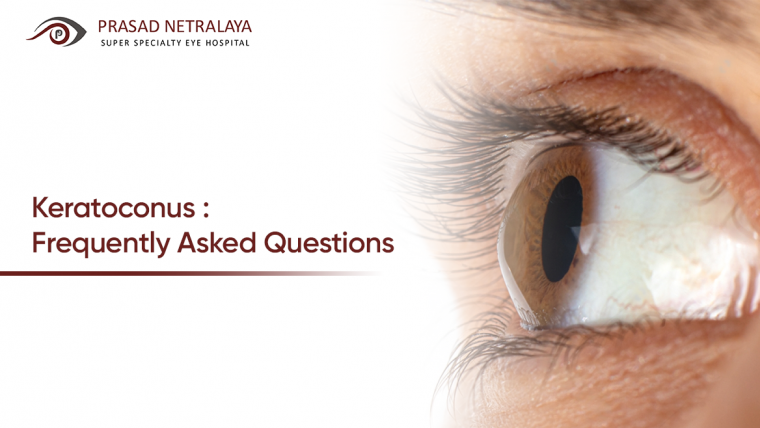The cornea is the clear outer layer of the eye that accounts for about two-thirds of the eye’s total optical power. It acts as a window of your eye that is responsible for focusing most of the light that enters the eye. The cornea covers the pupil – the opening at the centre of the eye, the iris – the coloured part of the eye, and the anterior chamber – the fluid-filled inside of the eye. Read further to know more about the cornea of the eye, its functions and related problems.
Table of Contents
Functions of the Cornea
The cornea helps the eyes in two major ways:
- The cornea is a protective outer layer of the eye that is clear and durable. It acts as a shield against germs, dust and other harmful substances.
- The cornea also controls and focuses the light onto the Retina.
Corneal Conditions
There are several conditions that commonly affect the cornea, they are:
- Injuries – Minor bruises and scratches on the cornea usually heal with time. However, deeper scratches or injuries can lead to severe issues such as corneal scarring and vision problems.
- Pink Eyes – Pink eyes can often be caused by viruses, bacteria or from being allergic to things like pollen or pet fur. Apart from these, things like chlorine, pollution or even makeup can lead to pink eyes. This can make your eyes red, itchy and watery.
- Keratitis – Keratitis is an inflammation of the cornea that causes redness and swelling. Infections related to contact lenses are one of the most common causes of keratitis.
- Dry Eye – When your eyes don’t produce enough tears, it leads to dry eyes. This can cause significant discomfort and may lead to vision problems.
- Corneal Dystrophies – Corneal Dystrophies cause cloudy vision when material builds up on the cornea. This condition usually runs in families.
- Iridocorneal Endothelial Syndrome – This condition involves changes in the iris, swelling of the cornea and the development of glaucoma. Glaucoma is a disease in which normal fluid inside the eye cannot drain properly. Glaucoma can cause severe vision loss.
- Limbal Stem Cell Deficiency – When the limbal stem cell fails to repair and regenerate the surface of the cornea, it is known as a Limbal Stem Cell Deficiency. This can lead to thinning, painful ulceration and opacity in the cornea and eventually possible blindness.
- Ocular Herpes – Viral infections from the Herpes Simplex Virus is known to cause Ocular Herpes. It is one of the most common infectious causes of corneal blindness. It causes inflammation of the cornea and a painful sore on the eyelid or surface of the eye.
- Pterygium – A Pterygium is a condition where there is a growth of a pinkish, triangular-shaped tissue on the cornea. In some cases, it grows slowly throughout a person’s life, while in other cases it stops growing after a certain point.
What Happens if the Cornea is Damaged?
There are many ways in which the cornea can be damaged, including injury, disease or infection. This can often result in scars that might affect your vision. Since the cornea acts as the window of your eyes, this might lead to light being blocked or distorted as it enters your eyes.
Can Your Cornea Repair Itself?
The cornea can often quickly recover itself from minor injuries. If there is a scratch, healthy cells slide over quickly and patch the injury before it causes infection or affects vision. But when the scratch is deeper, it takes longer to heal. It can also lead to pain, blurred vision, tearing, redness and extreme sensitivity to light. Deeper scratches can also cause corneal scarring. This can cause a haze on the cornea that can impair vision. Such cases require immediate medical attention.
Are you suffering from Corneal issues? Get your eyes checked and treated at Prasad Netralaya, Mangalore and Udupi’s leading Eye Care Hospital. Our experienced staff is here to make sure that you receive the quality Ophthalmological care that you deserve. Call us at +91 9513596565 or book an appointment if you wish to visit in person.
Dr. Vikram Jain, M.S. had his medical training (MBBS) from Kasturba Medical College, Mangalore, India. He did his master’s in Ophthalmic surgery from Kasturba Medical College, Manipal. He currently manages the Glaucoma department of Prasad Netralaya hospital.



